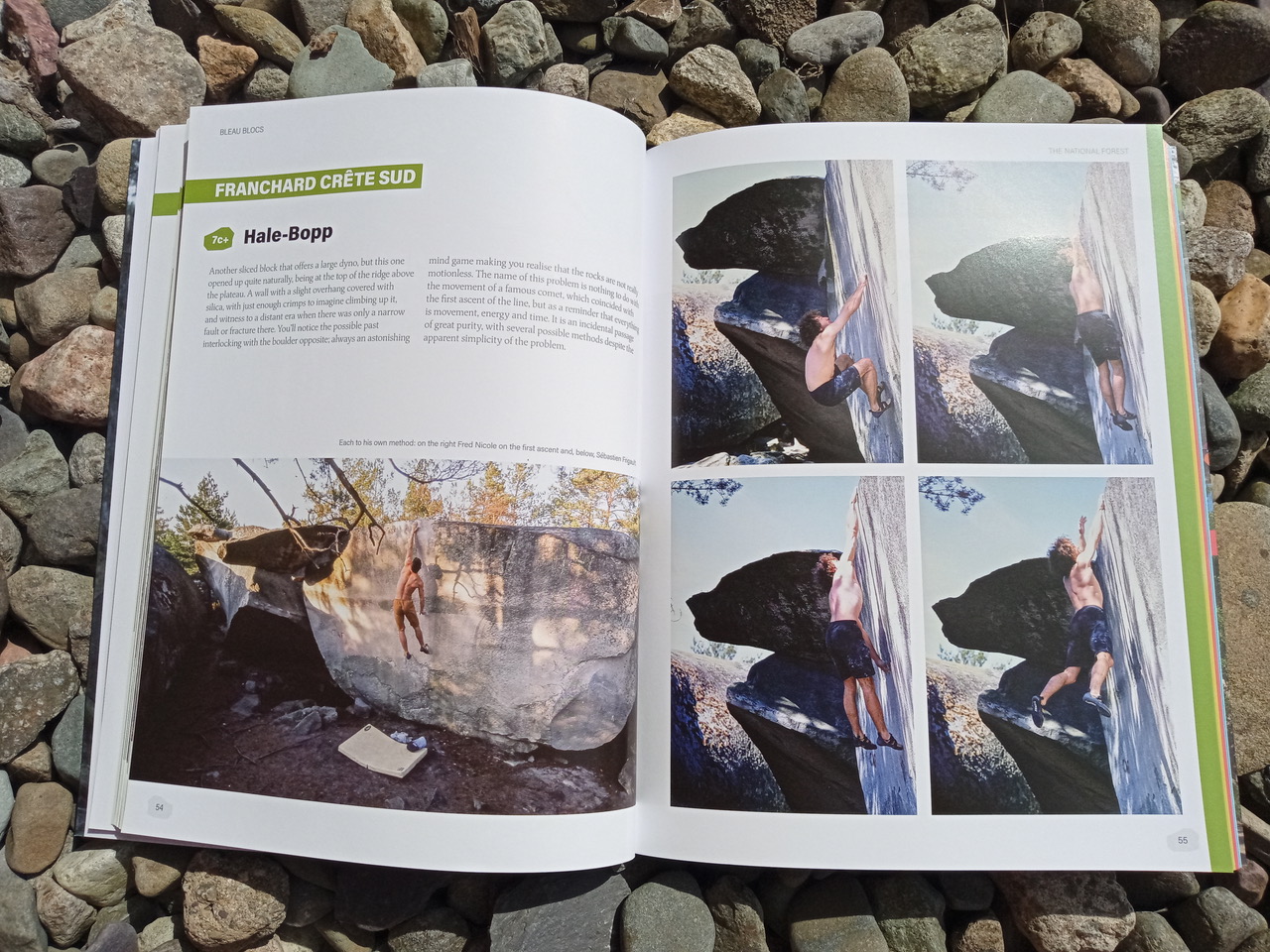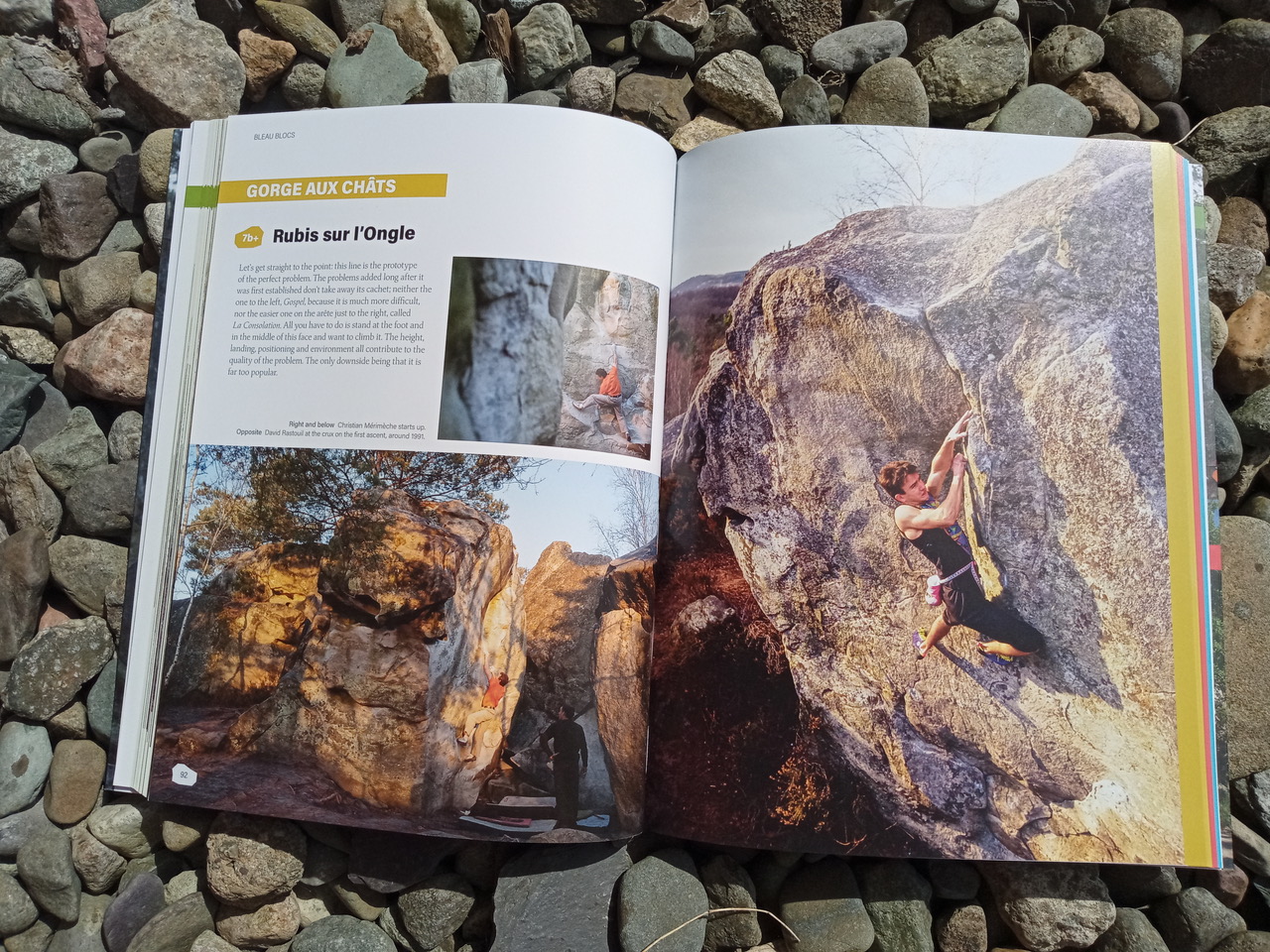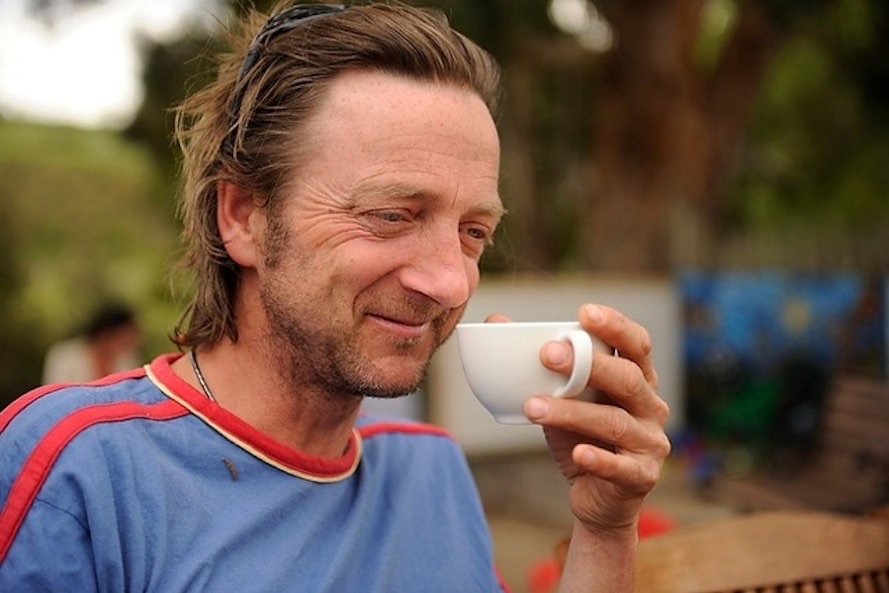It’s been several years since I’ve had the pleasure of visiting my spiritual home of Fontainebleau, but that doesn’t change the special place it holds in my heart. From being my first European bouldering venue way back in 2006, to achieving new levels with an ascent of Carnage at Bas Cuvier, right through to watching my eldest daughter take her first steps in the forest, Fontainebleau holds personal significance for me; much as it does for many boulderers the world over.
The forest of Font is unique in terms of worldwide bouldering venues. It is home to many of the world’s first of several grades (the Marie Rose being the first 6a and Abbatoir the first 7a, to name but two) among its many thousands of boulder problems, all to be found in a plethora of guidebooks: from the ever-popular Jingo Wobbly guides, the selective books from local legends such as Jacky Godoffe or the comprehensive collection (only of “straight ups”, mind) of 5+6s and 7+8s by Bart van Raiij, there are surely more guidebooks to Bleau than any other destination in the world? And there are two main reasons for this: the popularity of the home of bouldering, and the sheer quantity of boulder problems to be had.
However, when there is such an abundance of rock, where do you start? We had that very problem way back when I first visited, not having a clue where to go or what to try, stumbling blindly through the woods wondering if what we were looking at was any good. Even then, when guidebooks were much less common with less of a bewildering array of options, something or someone to point us in the right direction would’ve been greatly appreciated.
Cue Stephan Denys, who clearly thought much the same. Denys new book, Bleau Blocs, centres on the crème de la crème of the problems across the vast forest, focusing on merely “100 of the finest boulder problems in the Fontainebleau forest”. Denys hasn’t created a guidebook in the usual sense; his problems lacking the basic tenets of a guidebooks such as topos or problem descriptions. Nor has he created a typical coffee table book, with Bleau Blocs clearly focused on giving information about specific problems. What he has created is an elaborate ticklist, but that is not to belittle this book in any way; he has done it superbly.

Photo: Pete Edwards
This is followed by a short (literally six paragraph) look at some geological history before Beautiful Bleau, in which the author offers both a humble explanation of the book (Denys states “the subtitle of this book referring to ‘100 of the finest boulder problems’ by way of modesty, so presumptuous it would be to define the finest”) with almost an apologetic tone that these is not mountain routes; a slight shame really as many readers of this book will naturally seek beauty in bouldering with no thought to mountains at all.
Denys has created a book that seems to be a search for beauty, rather than an explicit search for quality routes, although perhaps he is using these two ideologies synonymously. Yes, he is trying to find the most beautiful, clean, aesthetic lines but they also tend to be the best and thus, most popular. The written sections are perhaps something he should have expanded upon, creating something slightly more alike Stone Play: the art of bouldering (J. S. Watson, 2007, Stone Country Press) with these four pieces of text (don’t miss the Epilogue at the end) being almost the sum total of reading material in the book; indeed I had nearly read all of the text before work over breakfast. I do wish there was more.

Photo: Pete Edwards
Indeed the first thing anyone with this book will probably do is to skip through the pages to see if their favourite problems have made the cut, and to see which ones they have done before. Certainly that’s what I did, glancing the names before studying the photographs, wondering which problems I will be attempting on my next trip. I’d even go so far as to say I’ll be using Bleau Blocs as a genuine ticklist in the future, in the same way as many climbers do with classics such as Hard Rock or Classic Rock. That said, I’m not aiming for completion with some of the high 8s featuring in there.

Photo: Pete Edwards
Bleau Blocs finishes with the Epilogue, which again reads as a justification for Denys decisions. He almost seems sorry, beating any criticism to the punch by immediately offering an apology, such as for the lack of low grade climbs for example and the aforementioned Beautiful Bleau section. Denys should be more confident in his creation and shouldn’t worry, for he has created an excellent anthology, one for which my main criticism is that there is not more of the same. He may have sought to create a picture book, as he says, but he has succeeded in creating something far more. On every trip I have made to the forest, I spend at least one day at a crag that I have never visited before. Usually, this is done at random, by browsing the guidebook for suitable grades. Denys has now given me direction by given me beauty imagery and inspiring words with which to continue my personal exploration of Fontainebleau. He has created a beautiful book of a beautiful place that holds a special place in so many hearts and given his intention to find beauty, he has done an ironically beautiful job.
From Bleau Blocs:
"Bleau Blocs: 100 of the finest boulder problems in the Fontainebleau forest is a visual celebration of this unique and vast bouldering venue. Stéphan Denys is the eye of the Fontainebleau forest. Having spent nearly forty years as a photographer and climber roaming every inch of the rocky landscape, he has developed a special bond with these sandstone giants and their unique shapes: sometimes round and bumpy, sometimes sharp and angular, but always fascinating.
His photos span a range of eras and are accompanied by texts that expand on the context and characteristics of each boulder problem. Included is a Preface by Olivier Lebreton.
The 100 striking problems chosen are listed by sector: the National Forest, the Trois Pignons, Larchant and Nemours, followed by Buthiers and l’Essonne. Through this selection, the author shares his vision of bouldering in Fontainebleau and invites us to consider the boulders more deeply from all their angles.
An inspiring book for all climbers, whatever their level!"
This book has been translated by Natalie Berry.













